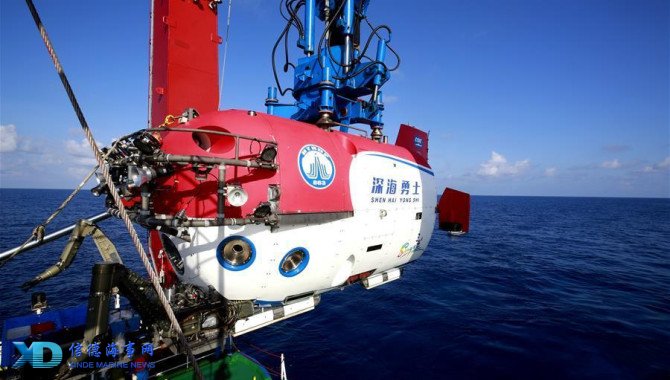
China has made great progress in the deep-sea exploration in 2018, with comprehensive scientific explorations carried out in an all-round manner, leaving the footprints in the major sea areas of the Pacific, the Indian Ocean and the Atlantic Ocean.
On Oct. 16, the oceanic research vessel Tan Suo Yi Hao or Tansuo-1 returned to the city of Sanya in south China's Hainan Province from the Mariana Trench after completing a 54-day, 7,292-nautical-mile deep-sea research mission. Researchers have achieved fruitful results in the mission that includes a deep-sea equipment test and scientific research in such disciplines as geophysics, marine geology, geochemistry and marine biology.
During the expedition, two 7,000-meter-class deep-sea gliders operated continuously for 46 days, making it the only abyss-class glider in the world.
The researchers carried out two tests of a magnesium seawater-fuel cell. It was the first new metal seawater-fuel cell tested in the 10,000-meter abyss in the world.
Researchers also used a remote-controlled robot to complete a high-definition, 10,000-meter live-streaming under the sea.
On Dec. 11, the manned submersible "Shenhai Yongshi" (deep-sea warrior) completed 100 dives trouble-free since it was put into operation a year ago, with the longest dive being 11 hours and 45 minutes, setting a record of four dives in 52 hours.
In November, the deep-sea pressure environment simulation test system, which is internationally advanced in the volume and working pressure combination technology started testing the buoyancy material.
"We must make the buoyancy material we are working with to acquire not only buoyancy but also the ability of withstanding the high pressure of 10,000 meter below sea level. We must make it not only safe to persons but also light but strong in strength. This is very difficult," said Zhang
Jingjie, researcher fellow with the Technical Institute of Physics and Chemistry under the Chinese Academy of Sciences (CAS).
Chinese researchers are now working with a deep-sea engineering geology in-situ testing equipment, which will be used as the monitoring system on the Tansuo-1.
When the equipment starts working, it will issue an order to the synchronous propulsion device composed of two friction wheels, and then insert slowly a 10-meter-long probe rod into the sediments at seabed, where the probe will measure the side wall friction, shear resistance and other parameters.
"The probe rod can be injected at a speed of 20 millimeters per second and in the process, it collects data at a rate of 10 times per second. We have fixed the length of insertion at 10 meters and it may be deeper," said Chen Ming, senior engineer with the Institute of Deep-sea Science and Engineering under the CAS.
In 2019, the large-scale deep-sea ultra-high pressure simulation test device that has been developed will carry out multiple tests, laying a solid foundation for the assembly and integration of the deep-sea manned submersible.
"In 2019, we're going to launch an adaptability transformation of a new research ship, similar to Tansuo-1, so as to provide a more powerful sea platform," said Jiang Lei, director of the deep-sea science research department of the Institute of Deep-sea Science and Engineering, CAS.
Source:cctvplus
Please Contact Us at:
admin@xindemarine.com


 WOODSIDE AND CHINA RESOURCES AGREE LONG-TERM LNG SU
WOODSIDE AND CHINA RESOURCES AGREE LONG-TERM LNG SU 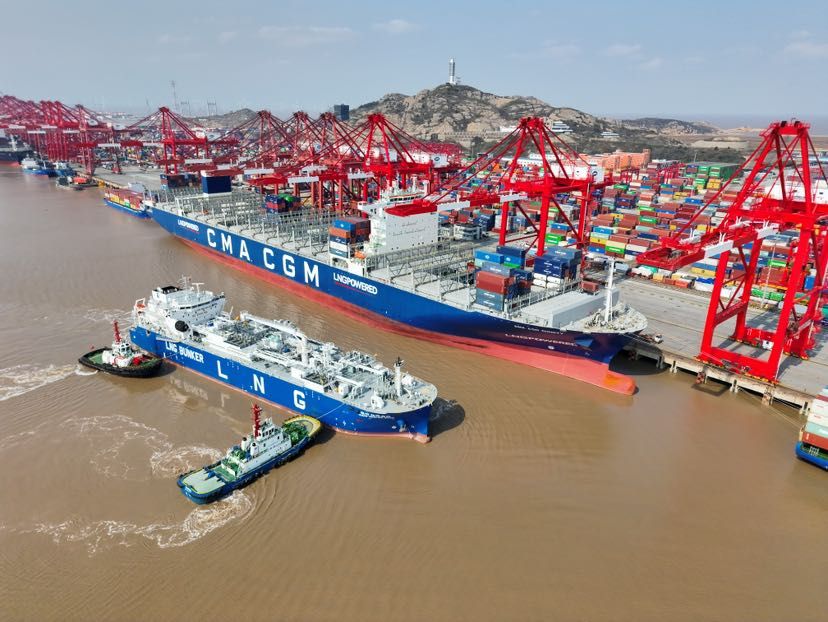 Shanghai Yangshan Port Bunkered Two LNG Powered Con
Shanghai Yangshan Port Bunkered Two LNG Powered Con 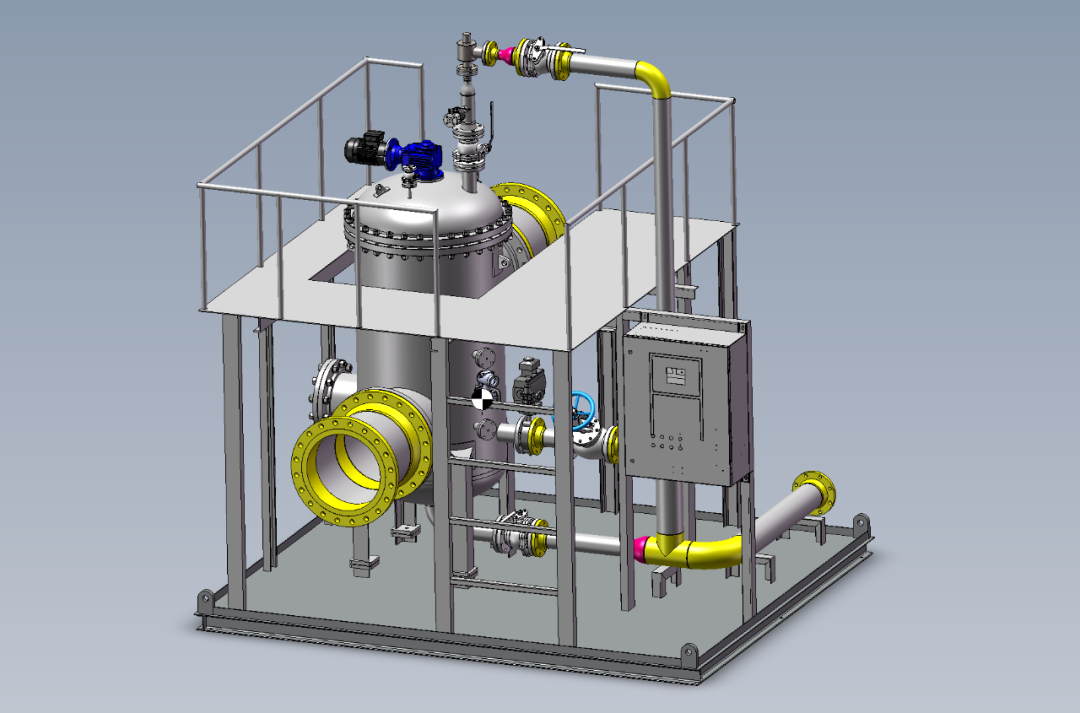 Headway successfully delivers filtration skid solut
Headway successfully delivers filtration skid solut 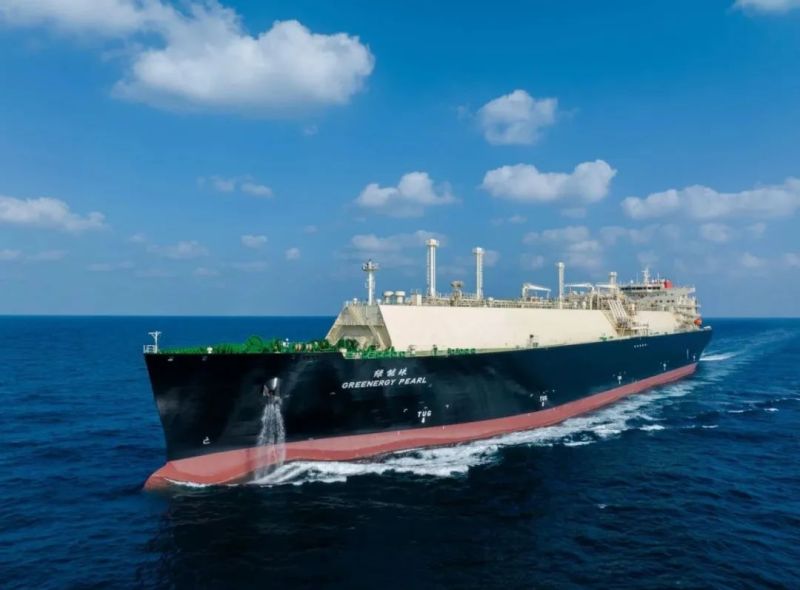 Celebrating the Launch of “Green Energy Pearl” –
Celebrating the Launch of “Green Energy Pearl” – 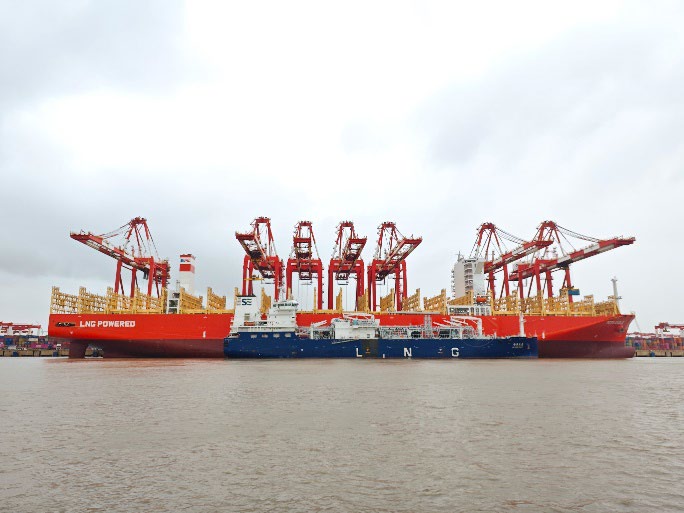 PIL and SSES complete the inaugural LNG bunkering o
PIL and SSES complete the inaugural LNG bunkering o  BW LNG secures e-procurement deal with Procureship
BW LNG secures e-procurement deal with Procureship